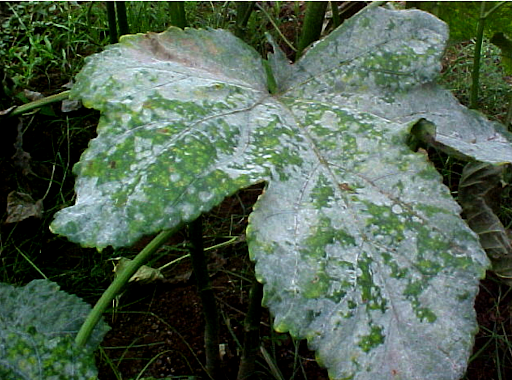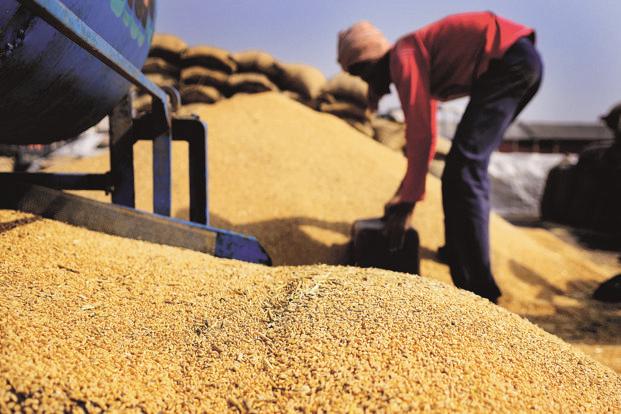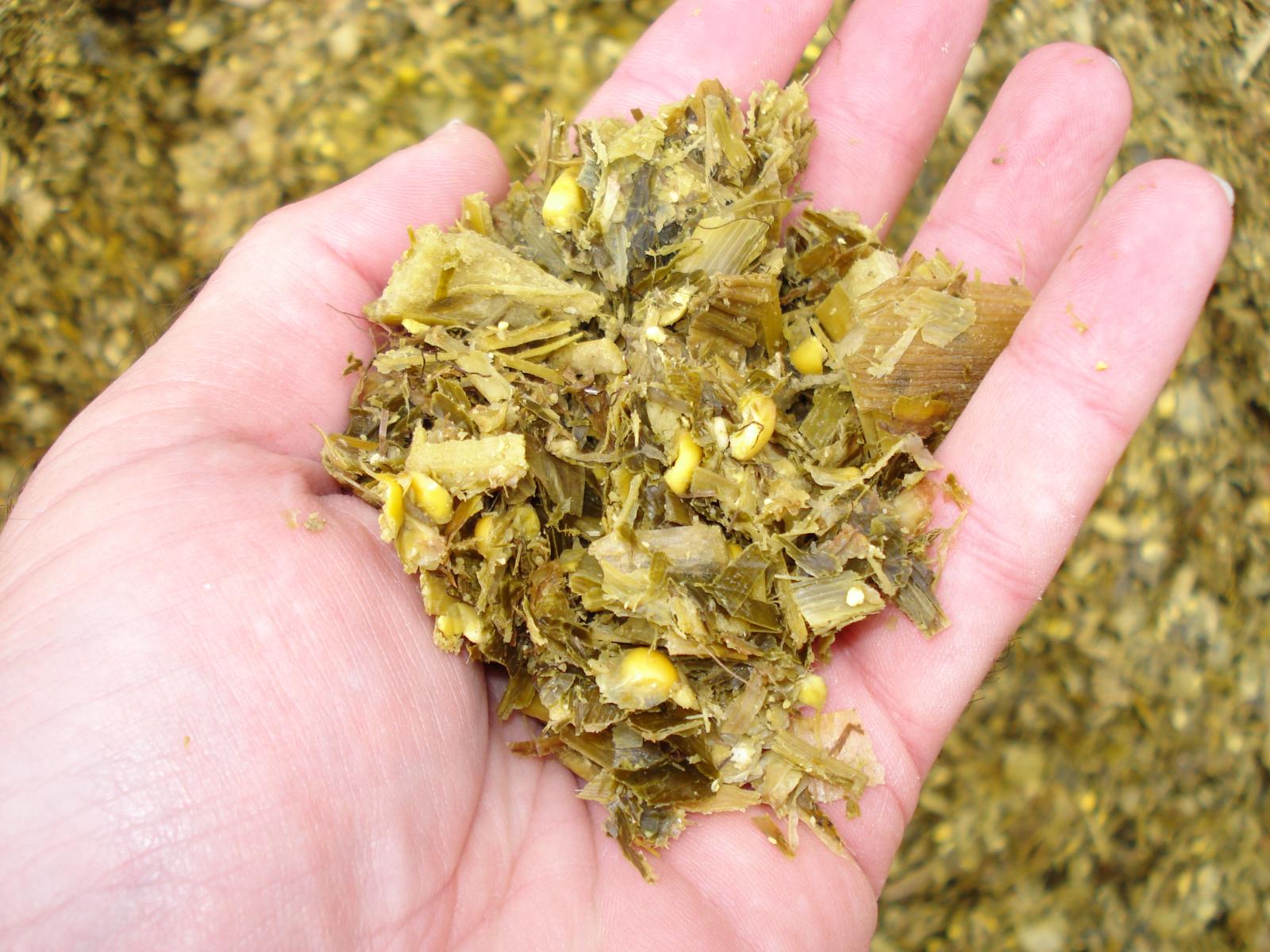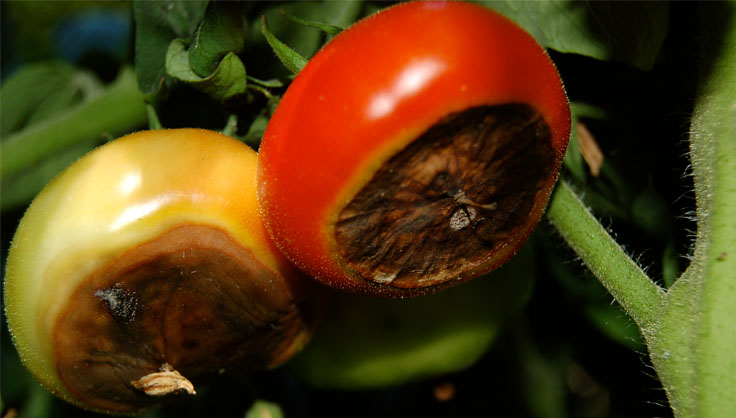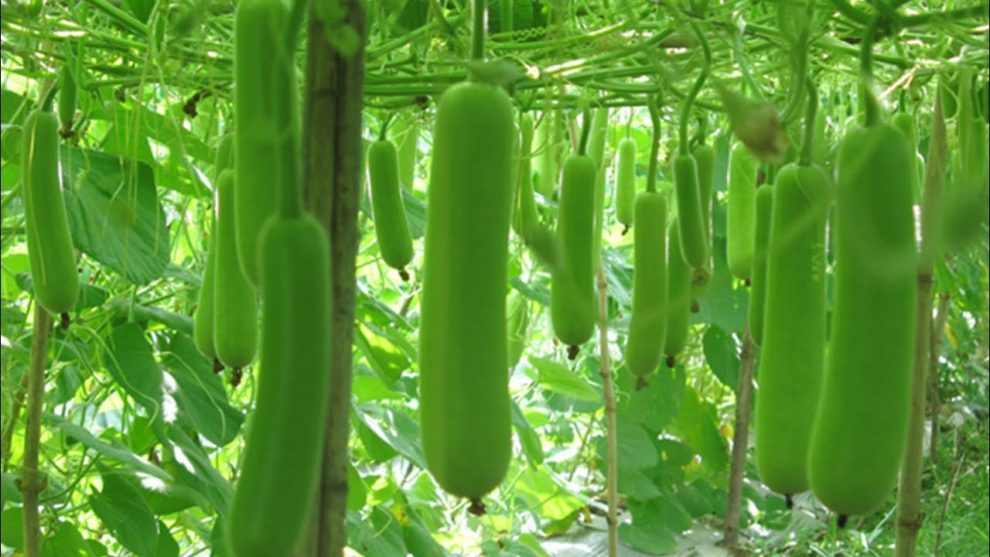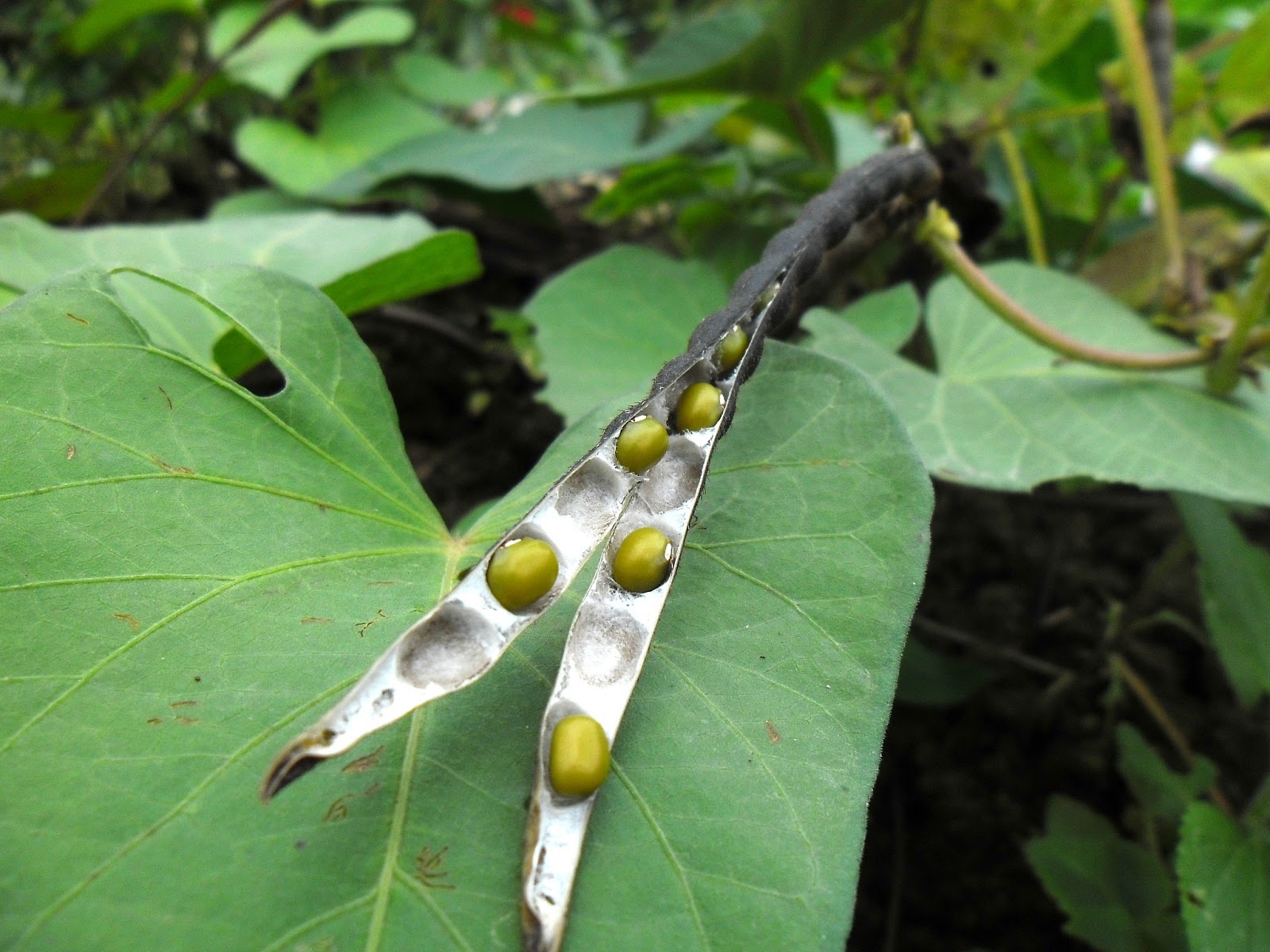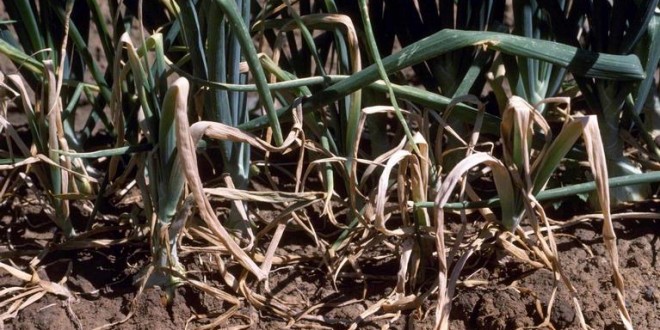- Scientists of National Botanical Research Institute – Lucknow have developed whitefly resistant variety of Cotton.
- Researchers identified 250 plants from the plant’s biodiversity to find protein molecules that are toxic to the whitefly.
- When the whitefly was exposed to the pesticide protein in the laboratory, its life cycle changed adversely.
- This variety will be tested from April to October in the center under Punjab Agricultural University, Ludhiana.
- If the anti-white fly qualities are included in cotton, if they are found effective even in tests conducted in the field, then this variety can be given to farmers for cultivation.
Prevention of powdery mildew in Okra
- White-brown powder develops on the lower and upper surface of the leaves, causing a serious reduction in fruit yield.
- It severely infected fungus in okra crop.
- Spraying of Hexaconazole 5% SC 400 ml or Thiophanate methyl 70 WP or Azoxystrobin 23 SC 200 ml per acre in 200 to 250 liters of water at an interval of fifteen days.
Purchase of wheat on support price postponed
- Due to the Lockdown in the country due to the Corona epidemic, although the Central Government has given an exemption to farmers for agricultural activities and selling crops, etc. But still, the procurement of crops has not been started by the state governments, the main reason for this is the State government does not want to allow more crowds to gather at one place.
- Already, purchases on Minimum Support Price in Rajasthan have been postponed indefinitely. Now the Madhya Pradesh government has also decided to postpone the purchase of wheat at the MSP.
- Earlier, under normal circumstances, the purchase of wheat at MSP by the Government of Madhya Pradesh was to be done from April 1, 2020. For this, farmers have already registered with e-procurement.
- But now the state government has postponed the wheat procurement work being started from April 1, 2020, keeping in view the situation of Coronavirus till further orders.
How to make silage
- To make grain crops such as maize, sorghum, bajra, oats, etc., when crops having milking stage, cut it into small pieces 2-5 cm.
- The pieces of chopped green fodder should be spread on the ground for a few hours so that some amount of excess water will blow away.
- Now put the chopped fodder in the pre-prepared silo pit or silage pits.
- Fill all four in the pit by pressing it with feet or tractor, so that the air between the feed is removed.
- Fill the cutting pieces in the pit by pressing it with feet or tractor, so that the air between the feed comes out.
- After filling the pit completely, add thick polythene and seal it well.
- After this, apply a layer of soil about one feet thick from the top of the polythene cover so that the air cannot enter.
- It starts making silage from pieces of green fodder because in the silo pit there is no air and water, the fodder pressed creates lactic acid, which does not spoil the feed for a long time.
- Open the pits to feed the animals after at least 45 days as required by the feed.
ICAR scientists issued useful advice for farmers during the lockdown
In view of the increasing risk of Coronavirus across the country, lockdown is in place, in such a situation, several guidelines are being issued continuously by the government to protect the farmers from the infection. The Indian Council of Agricultural Research (ICAR) has also issued advisories for the harvesting of rabi crops and storage.
Advice for harvesting and harvesting crops
The government has given permission for use and movement of combine harvesting machines for wheat harvesting. It is necessary to ensure the care and safety of the workers engaged in harvesting and maintenance of these machines too.
Apart from wheat, crops like mustard, lentil, maize, chili, and sugarcane are also being harvested and harvested. In such a situation, it is necessary for all farmers and agricultural workers to ensure personal hygiene and social distance before and after harvesting work. During this time, all farmers and agricultural workers should ensure that they work in masks and wash their hands frequently with soap.
Share
Attack of leaf miner in Ridge gourd
- Its adult is a light yellow fly that lays eggs on the leaves.
- Its adult is a light yellow fly that lays eggs on the leaves.
- White zigzag lines are formed on the leaves and leaves dry out and fall when there is more outbreak.
- Problems of function are observed on the affected by this pest, which reduces the yield.
- Remove the weed from the field and its surroundings.
- To prevent this, spraying Abamectin 1.8% EC @ 160 ml/ acre or Cypermethrin 4% EC + Profenophos 40% EC 400 ml / acre.
How to protect Tomatoes from Blossom End Rot disease
- It is a somatic disorder that occurs in fruits due to calcium deficiency.
- Use FYM in the field before 15 days transplanting.
- Spray Calcium EDTA @ 150 gm/ acre twice if symptoms of deficiency appear. Or
- Spray Metalaxyl 4% + Mancozeb 64% WP 30 gm and Kasugamycin 3% SL 25 ml per 15 liters of water and On the fourth day, spray with chelated calcium 15 gm + Boron 15 gm per 15 liters of water.
How to avoid fruit borer in Bottle Gourd
- Do not take the same crop continuously in the same field, follow crop rotation.
- Adult flies lay eggs in flowers. Eggs go into maggots, which feed inside the fruit and cause rotting.
- For effective prevention of the pest, remove fruits before spraying the insecticide.
- Size of the infected fruits deteriorated and cut caused foul smell.
- To control the number of pests, apply pheromone trap @ 4 nets per acre.
- For pest prevention, spray emamectin benzoate at the rate of 5% SG @ 100 g + Bivaria bassiana 250 g per acre. or
- Spray Chlorpyrifos with 200 liters of water at the rate of 20% EC 300 ml per acre. or
- Spray Bifenthrin @ 10% EC @ 400 ml / acre.
Information of improved varieties of Moong bean
Shakti Vardhak Virat: This variety of moong has 70-80 days maturity. Its plant is straight, hard, less growing, which has 10-12 grains in pods. This improved variety is suitable for sowing in both summer and kharif seasons.
Moong Awasthi Samrat: This improved variety is suitable for sowing in both summer and kharif seasons. This variety of moong gives good yield in 70-80 days.
Eagle Moong: This variety is also known as PDM-139, which is matured in 55-60 days. Its yield is 12-15 quintals per hectare. This variety has moderate immunity to the yellow mosaic virus. This improved variety is suitable for sowing in summer season.
ShareHow to manage thrips in onion crop?
It is a small insect which causes the most damage to the onion crop. Both its infant and adults suck the juice by hiding it in the cheekbones of the leaves. This forms yellow-white spots on the leaves, and in the later stages, the leaves shrink. This insect is yellow in their initial stages which turns dark brown later. Its lifespan is of 8–10 days. Adults live in a dormant state on an onion field, on the grass and other plants. In winter, thrips go into tubers and act as a source of infection the next year. These pests appear in large numbers on onion tubers during March-April. They suck the juice from leaves which makes them spiral and limits the plant’s growth. Sometimes their infestation remains on the tubers even during the storage.
Preventive measures –
-For control of thrips in onion, deep ploughing should be done in summer.
-Do not use nitrogen fertilizer in excess.
–Spray Profenophos 50 E.C. @ 45 ml or lambda-cyhalothrin 4.9% c.s. @ 20 ml or spinosed @ 10 ml or fipronil 5 s.c. with 15 litres of water per acre.
Share

